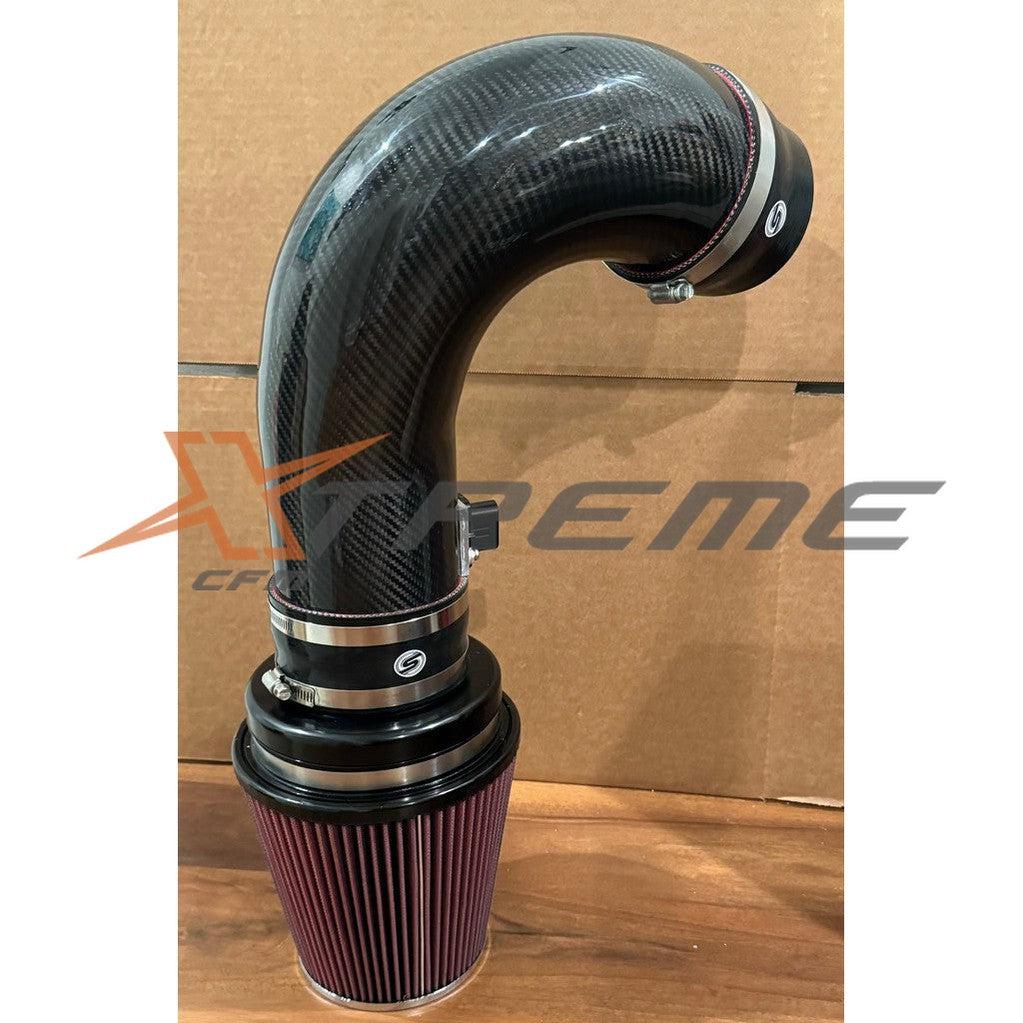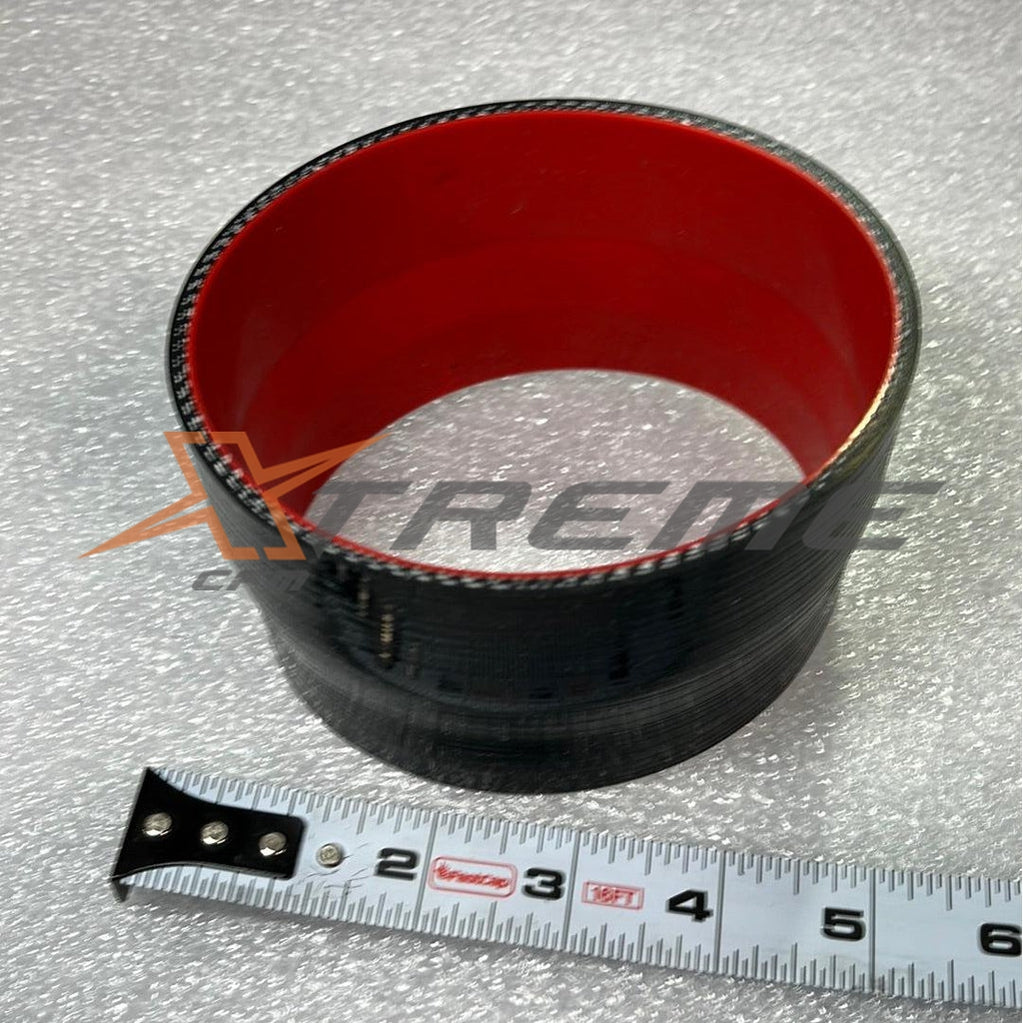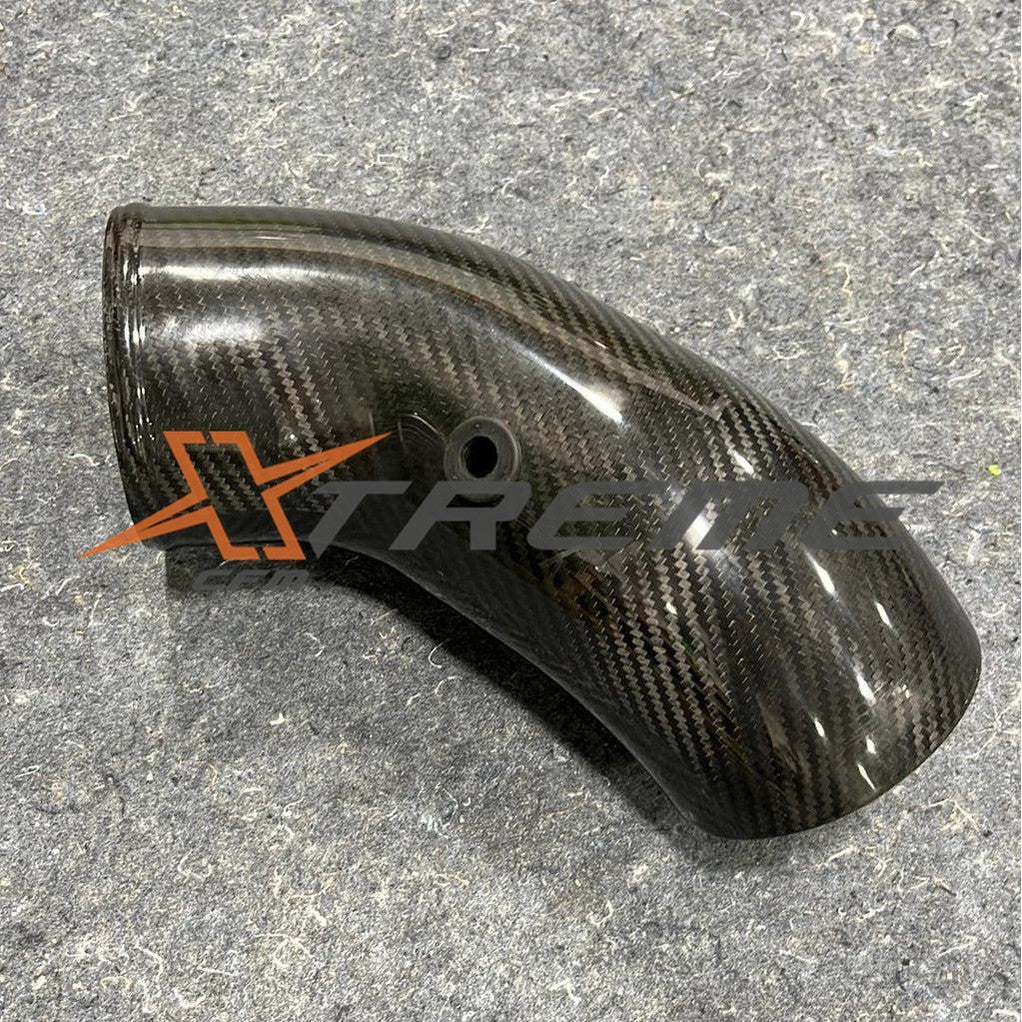
Cold Air Intakes: Just How Frosty is That Air, Anyway?
Introduction
When it comes to aftermarket performance upgrades, cold air intakes often top the list. They've been a hot topic among car enthusiasts for decades, but just how cold is the air they provide, and what's the story behind this icy upgrade? Let's take a frosty dive into the world of cold air intakes and explore their history, function, and just how cool they really are.
A Brief History of Chilly Air
The cold air intake's origins can be traced back to the 1960s and 1970s when muscle car culture was at its peak. Car enthusiasts were always on the lookout for ways to increase horsepower, and they soon discovered that colder, denser air could provide an extra boost. Enter the cold air intake, a simple yet effective modification that aimed to optimize engine performance by providing a steady flow of cold air.
The Science of the Shivers
So, what's the deal with cold air, and why is it such a sought-after commodity? It all comes down to basic physics. Colder air is denser than warmer air, which means it contains more oxygen molecules per volume. This increased oxygen concentration allows for more efficient fuel combustion in the engine, resulting in increased horsepower and torque.
Cool by Design
Cold air intakes are designed to draw in air from outside the engine bay, typically from areas near the front bumper or wheel wells. The idea is to capture air that hasn't been heated by the engine, hence the "cold" in cold air intake. Of course, this air isn't exactly icy – it's just cooler than the air surrounding the engine. But hey, a few degrees can make all the difference when it comes to performance.
Does the Chill Factor Really Matter?
While cold air intakes can provide a modest increase in performance, the actual temperature drop is usually not as dramatic as one might expect. But in the world of performance tuning, every little bit counts. While the air might not be as frosty as a winter's day in the Arctic, the slight temperature reduction is still enough to make a noticeable difference in engine performance.
Conclusion
Cold air intakes may not be delivering subzero temperatures to your engine, but they do provide a cooler, denser air charge that can lead to improved performance. The history of this popular aftermarket upgrade reveals a relentless pursuit of horsepower by car enthusiasts, proving that sometimes, it's the little things that can make a big difference. So, while the term "cold air intake" might be a bit of a misnomer, it's still a cool way to give your engine a breath of fresh air.
- Choosing a selection results in a full page refresh.











